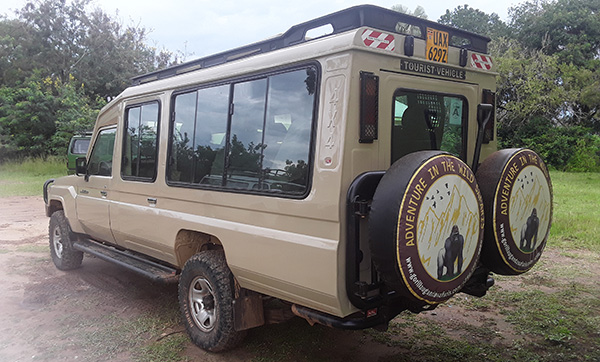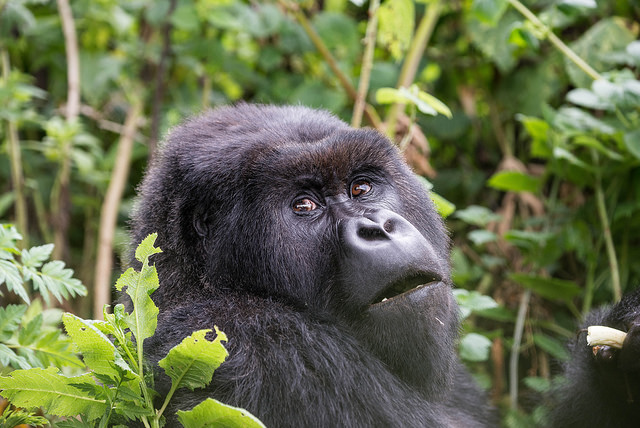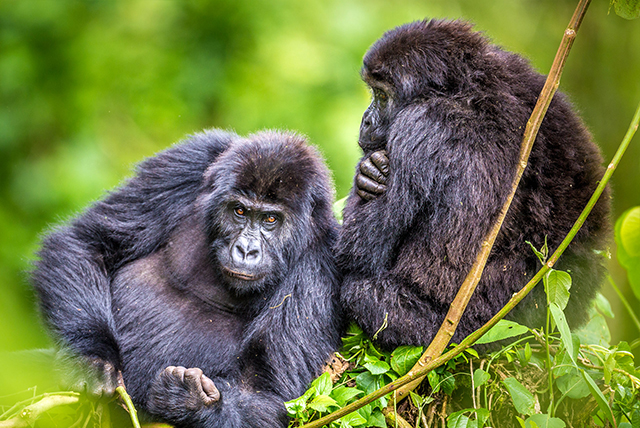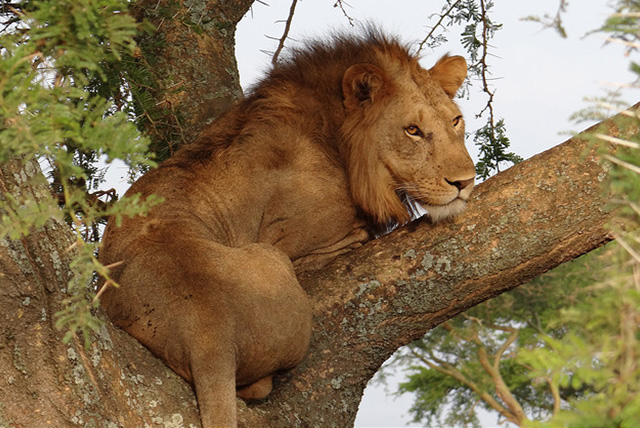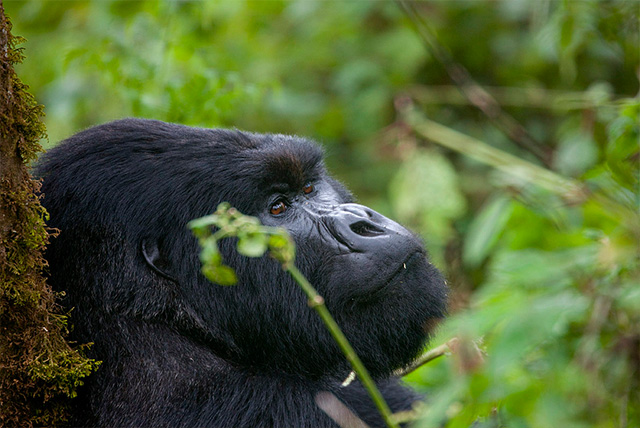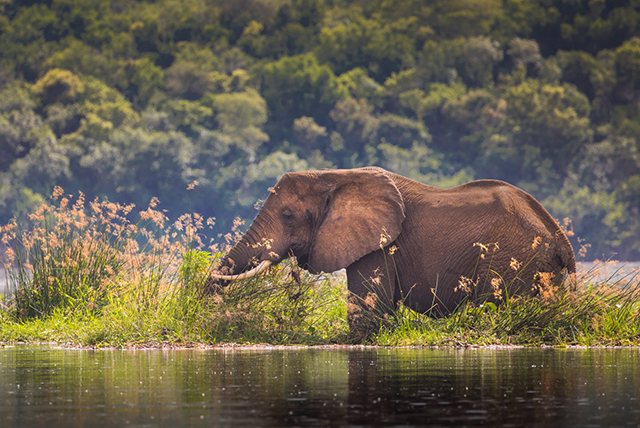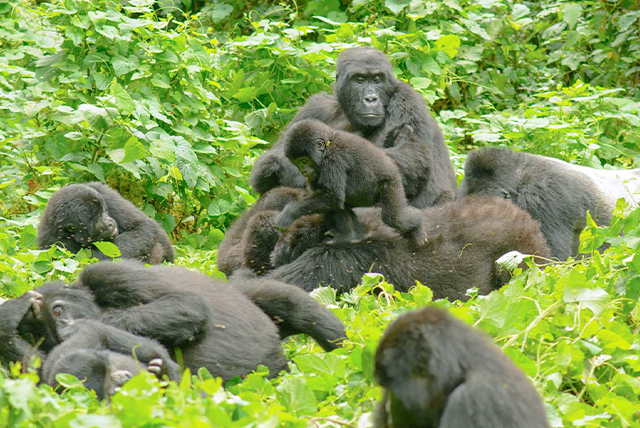Facts About Zimbabwe
Did you know that Zimbabwe is home to two prominent ethnic groups?
Zimbabwe’s society is vibrant and diverse, featuring two prominent ethnic groups: the descendants of the Shana people and the Ndebele people, each rich in their unique customs and cultures.
The Shana people have deep roots in farming, fostering a profound bond with the land they inhabit. Family holds great significance, with members connected through totems or ‘mutupos’, symbolizing their lineage. Many families continue to embrace the age-old custom of burying a newborn baby’s umbilical cord near the family kitchen hut, symbolizing a deep bond with the land. Unsurprisingly, home is always cherished by the Shana peoples, known as ‘kune makura amadzitateguru angu’ (the place where my ancestors are buried).
The Ndebele peoples have a rich history that connects them to the South African Zulus from the 19th century. Though the Ndebele were once known for their warrior spirit, they diverged from the Zulus and adopted a way of life focused on agriculture and strong family values, much like the Shana. In Ndebele communities, the men usually care for the cattle, and maize is their main crop.
Certainly, while both groups maintain their ties to the land, numerous individuals have ventured into the bustling towns and cities for employment.
Did you know? Zimbabwe achieved its independence in 1980!
During the era of British Colonial rule, Zimbabwe was referred to as Rhodesia. Following years of strife and upheaval, February 1980 marked a pivotal moment as Robert Mugabe and the ZANA party achieved a remarkable victory in the elections.
On the 18th of April, 1980, the nation’s freedom was officially acknowledged. King Charles was present, offering a warm farewell salute as the Rhodesian Signal Corps played ‘God Save the Queen.’ Numerous foreign dignitaries gathered, reveling in the significant event. Even Bob Marley graced the nation’s festivities, performing his song, ‘Zimbabwe’, at the government’s invitation.
Did you know that Zimbabwe is home to 16 different languages?
We understand – it’s truly astonishing. Zimbabwe proudly boasts the Guinness World Record for having the most official languages spoken in everyday conversation. These encompass: Chewa, Chibarwe, Kalanga, Koi-san, Nambya, Ndau, Ndebele, Shangani, Shona, Sotho, Tonga, Tswana, Venda – along with English and Sign Language.
We’re not aware of anyone who can master all 16 languages, including ourselves – though some do share linguistic similarities. If you are eager to dive into a new language or just want to grab a few phrases before your journey, take a look at our blog:The most exciting approach to mastering a new language
Fact #4: Zimbabwe is surrounded by land on all sides
Zimbabwe is nestled in Southern Africa, situated between the Zambezi and Limpopo Rivers. It’s surrounded by Zambia to the north, Mozambique to the east, South Africa to the south, and Botswana to the southwest. Harare serves as the vibrant capital of Zimbabwe, while Bulawayo stands as the country’s second city.
Being landlocked means there are no seas and no beaches – not the best situation for sun-lovers eager to relax. However, the nation is renowned for its breathtaking scenery and varied wildlife, which can be discovered in its parks, reserves, and safaris. It’s also home to some of the world’s most breathtaking lakes and waterfalls (more on these next).
Did you know that Zimbabwe boasts the magnificent Victoria Falls?
Zimbabwe boasts the world’s largest waterfall: Victoria Falls, referred to locally as ‘Mosi-oa-Tunya’ (the smoke that thunders). It’s a section of the magnificent Zambezi River – which, at this point, stretches 2 km wide and cascades 180m down a dramatic series of basalt gorges. The roar of the cascading water is nothing short of magnificent – and a stunning, shimmering mist (sometimes a vibrant rainbow) can be spotted from more than 20 km away.
Victoria Falls stands as a remarkable gem in Zimbabwe’s collection of UNESCO World Heritage Sites, showcasing the grandeur of the world’s largest sheet of falling water. It stands at nearly double the height of North America’s Niagara Falls and spans more than twice its width.
Did you know that the largest man-made lake in the world can be found in Zimbabwe?
With a staggering volume exceeding 180 km³ and a surface area surpassing 5,580 km², Lake Kariba stands as a colossal body of water. It’s located at the crossroads of Zimbabwe and Zambia, designed to harness the power of water for hydroelectric energy benefiting both nations.
In the early 1950s, construction kicked off, guided by the brilliant vision of French engineer and celebrated ‘arch dam’ expert, André Coyne. The dam stretches an impressive 579m, standing as a remarkable sight that harmonizes beautifully with the breathtaking landscapes that envelop it.
Once construction was finished, the Kariba gorge was submerged. Today, the lake stretches impressively, reaching a maximum width of 40 km and an adventurous length of 223 km. It contains an immense amount of water, and it has even been known to provoke seismic activity, reaching an impressive 5 on the Richter scale.
Fact #7: Zimbabwe boasts an incredible abundance of rock art
Check it out, Zimbabwe is amazing! The country boasts the highest concentration of rock art in Southern Africa. In the Motobo Hills National Park, a UNESCO World Heritage Site, you can discover over 300,000 paintings that span an incredible 20,000 years of history. This remarkable area, known for its iconic World View escarpment, was named by the founder of the Ndebele people, King Mzilikazi, and translates to ‘bald heads’.
Incredible rock art awaits discovery in this region, with Inanke cave and Nswatuyi cave standing out as must-see destinations. Experience the vivid depictions of intense Stone Age hunts alongside stunning artworks of native wildlife, including antelope, giraffe, and elephants.
These vibrant paintings, often in shades of ochre and red, were created by the San (bushmen people) using a variety of natural materials such as plant extracts, egg shells, and blood. Paint brushes were crafted from feathers and porcupine quills, or they just used their fingers. (They were definitely a group that embraced action and excitement.)
Did you know that Zimbabwe boasts 5 UNESCO World Heritage Sites?
We’ve already uncovered a few, but why halt our journey? Zimbabwe boasts an impressive collection of five World Heritage Sites:
Mana Pools is a place brimming with excitement and exploration. A captivating ensemble of islands, channels, sandbanks, and lakes, all woven into the fabric of the Zambezi River – a sanctuary for an incredible variety of South African wildlife.
Khami Ruins await exploration. The remnants of a dry-walled citadel from the 14th century – once the heart of the Kingdom of Butua, ruled by the Torwa dynasty.
Victoria Falls is a breathtaking destination. The immense cascade of water, a breathtaking feature of the magnificent Zambezi River.
Matubo Hills await exploration. A stunning rock face and a hidden gem of ancient artistry – all nestled within a breathtaking national park.
Magnificent remnants of Great Zimbabwe. The remnants of a remarkable stone-walled fortress – a once-vibrant city from the Iron Age in Africa.
Did you know? Zimbabwe is home to 8 different currencies!
As we’ve discovered, Zimbabwe is a place that embraces the extraordinary in every way. And when it comes to currencies, the excitement is just the same. The country boasts an impressive array of 8 currencies in circulation, which includes the US dollar, South African rand, British pound, Botswanan pula, Australian dollar, Chinese yuan, Indian rupee, and Japanese yen.
What’s the reason behind that? The multi-currency economy is an initiative by the Zimbabwean government aimed at curbing hyperinflation. It’s anticipated that, through this approach, additional funds will flow into the economy, helping to overcome a persistent liquidity crisis.
At one point, the situation became so dire that some shop owners in Zimbabwe had to resort to offering customers low-value items like candy or airtime sims instead of actual change. Today, the Zimbabwean economy is on an exciting path forward.

